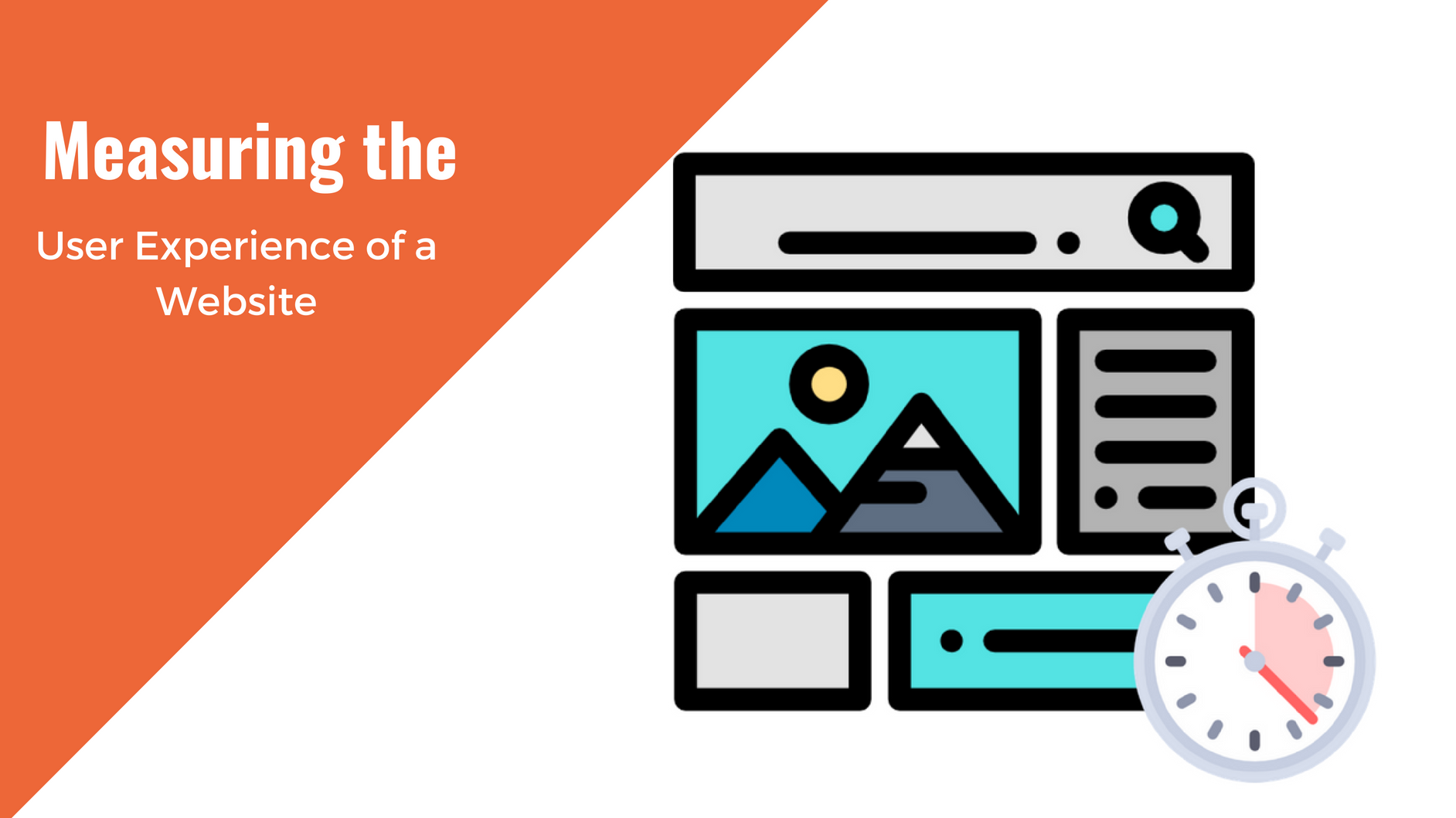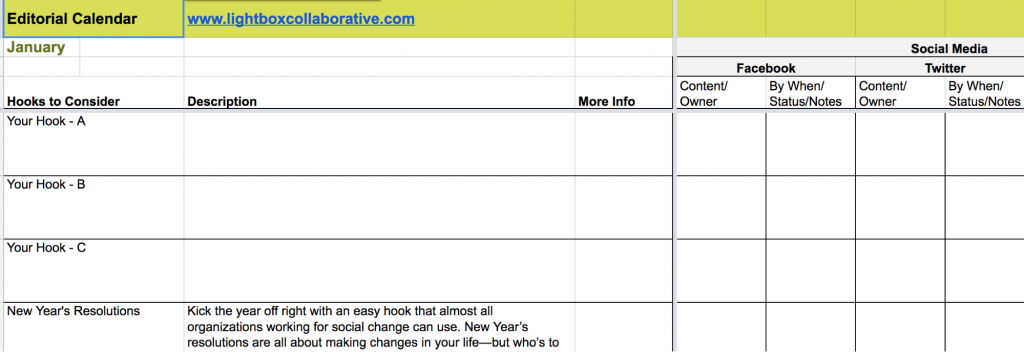The short answer is yes.
Your nonprofit needs an editorial calendar.
But to understand why you need an editorial calendar you first need to understand what it is and its purpose.
What is an editorial calendar?
An editorial calendar is used by anyone who creates content to control publication of content across different media – for example, blog, email newsletters, social media outlets, mailings, and more. You can also call it a content calendar.
How can it help me?
If you are in any way involved in planning or creating content for your nonprofit – writing, video, audio, photos, or social media posts – an editorial calendar will make your job easier.
An editorial calendar will help you reach your goals faster.
An editorial calendar will save you time.
And, an editorial calendar will help you plan ahead and thus publish consistently, which is one of the keys to successful content marketing.
Yes, an editorial calendar really can do all of that.
This doesn’t have to be you!
An editorial calendar is similar to strategic planning (but easier). If you figure out where you want to go, how you’re going to get there, what you’re going to do to get there, you’re much more likely to get there, and get there faster.
How do I create an editorial calendar?
The good news is, there are a lot of templates available for free.
But before you start weeding through the different types of content calendars, let’s talk about what goes in your editorial calendar. Here are some ideas: -:
- Website content, including blog posts
- Social media
- News releases
- Direct outreach (Do you need materials for meetings with funders? Decision makers? Events?)
- Donation appeal letters
- Newsletter
- Annual report
- Videos
- Other (Is there any other content your organization creates? Photo montages? Infographics? Reports? Audio/podcasts?)
Step 1: Choose the content buckets you use from the above list (but also feel free to add to the above list as needed for your organization).
Step 2: Get a pen and paper. Or make a quick draft spreadsheet. Or use a Word document and table with all 12 months laid out, and a spot for miscellaneous items you’re not sure where to put yet. But in some way, start visualizing the year and writing things down.
- Are there big events you do every year?
- Do you always write an end-of-year appeal letter?
- How often do your newsletters come out?
- How often do you blog?
- How often do you send emails to supporters and followers?
- What is your social media posting frequency?
Start to map out the general lay of the land. This exercise won’t result in a final product, but it will start to help you wrap your mind around what kind of spreadsheet or calendar might serve your needs best.
The main things you’re looking for is what needs to be created, when is the deadline, and who is the creator.
Step 3: Pick a calendar template and fill it out.
There may be several meetings you’ll want to have during this process with stakeholders. If the people helping you create content – whether they are in your department or not – are part of the process of creating this calendar, there will be more buy-in overall.
Editorial Calendar Tools
There are many ways to go about this, and the best choice for your nonprofit will be the one that fits into your existing culture and the tools your staff already use.
Spreadsheets
Some people just like spreadsheets. I’m one of those people.
One of the best tools in the business is from Lightbox Collaborative. It has a sheet for each month, content ideas in the first column, and media across the top row. Delete what doesn’t serve you, and add what does.
Here is another spreadsheet, this one by Qgiv. It is similar to Lightbox’s, but a tad simpler. And here is one more from Top Nonprofits.
Google calendar
Do you already use Google calendar at your nonprofit? Do staff members like it? If so, this is also an excellent way to schedule your editorial activities.
Hubspot has an editorial calendar template you can download for free and it includes instructions for Google calendar, Google sheets, and Excel.
WordPress plug-in
If you have a website on the WordPress platform, perhaps a WordPress plug-in would suit your nonprofit? There are many options, including: CoSchedule (paid), Editorial Calendar (free), and Drafts Scheduler (free).
Workflow and task management software
Do you already use Asana or Trello for workflow and task management? Consider using them for your editorial calendar. They both have a calendar function, so if you are already using them at your nonprofit, it may make sense to schedule your editorial calendar right there.
No-tech
If you’re a small shop, and no one is working remotely, perhaps paper and pen is best?
(photo credit Monica Crowe)
It works if you work it
In the end, if you don’t use the calendar, it won’t serve you. If you’re not sure what tool to choose, poll your staff and ask them what they would prefer. Getting their buy-in is crucial.
Lastly, don’t forget to figure out how and when your team will meet to discuss upcoming deadlines. Once a week? Once a month? This is crucial to your success.
Happy planning!
You May Also Like

Having a website is an absolute necessity for any business. Gone are the days when you could simply update your website once and forget about it for months on end. In today’s ever-changing digital landscape it is important to constantly track and measure how well your website performs, as well…
read more >
Thomas Bertram (T. Bert) Lance famously said, "If it ain't broke, don't fix it." Unfortunately, T. Bert Lance couldn’t foresee the future. He didn’t know that over 94% of Americans would be on the internet by 2024. If your website doesn't receive periodic updates or isn't accessible, users can become…
read more >



